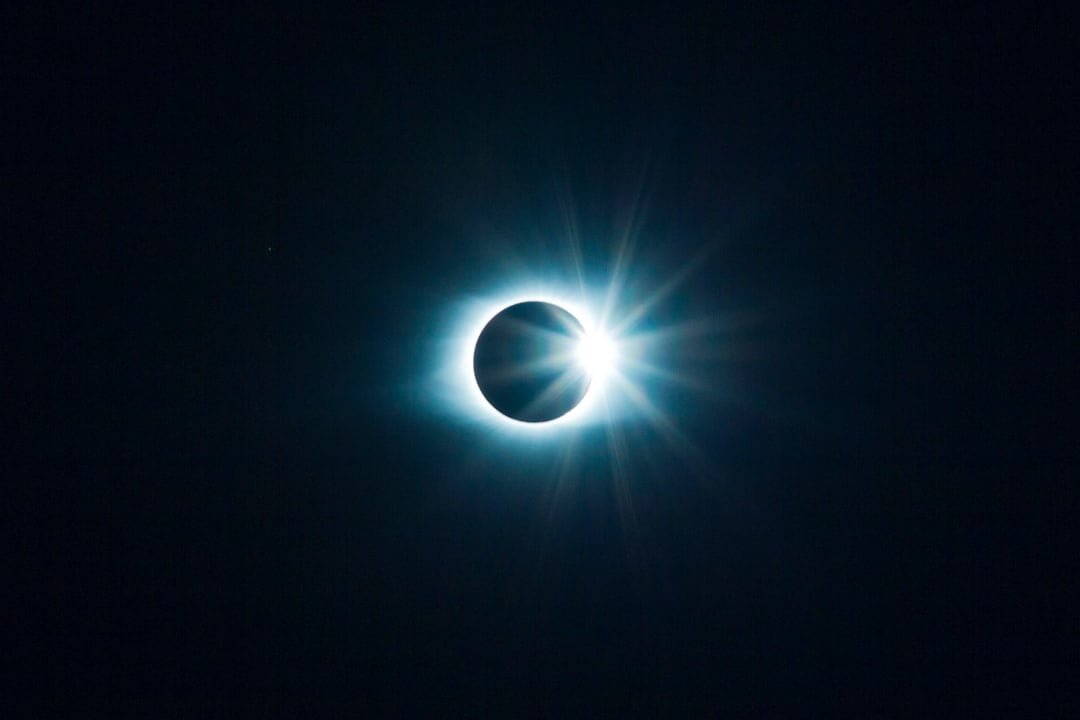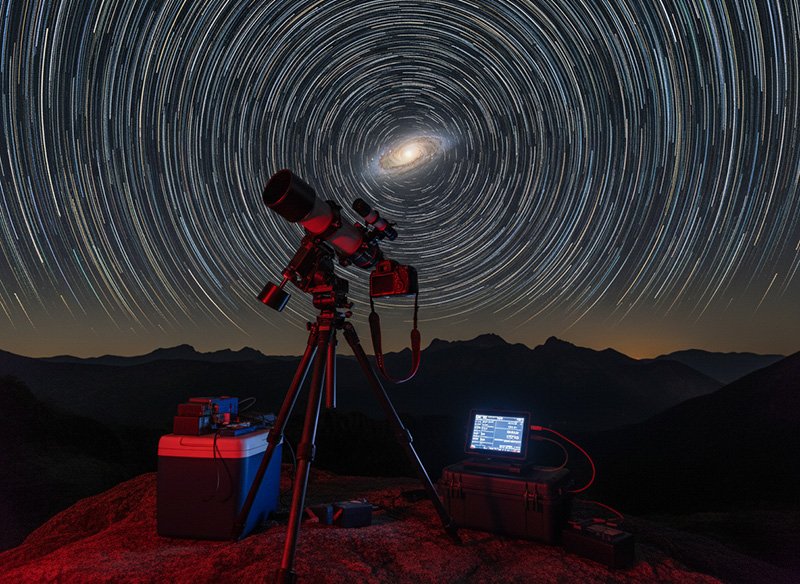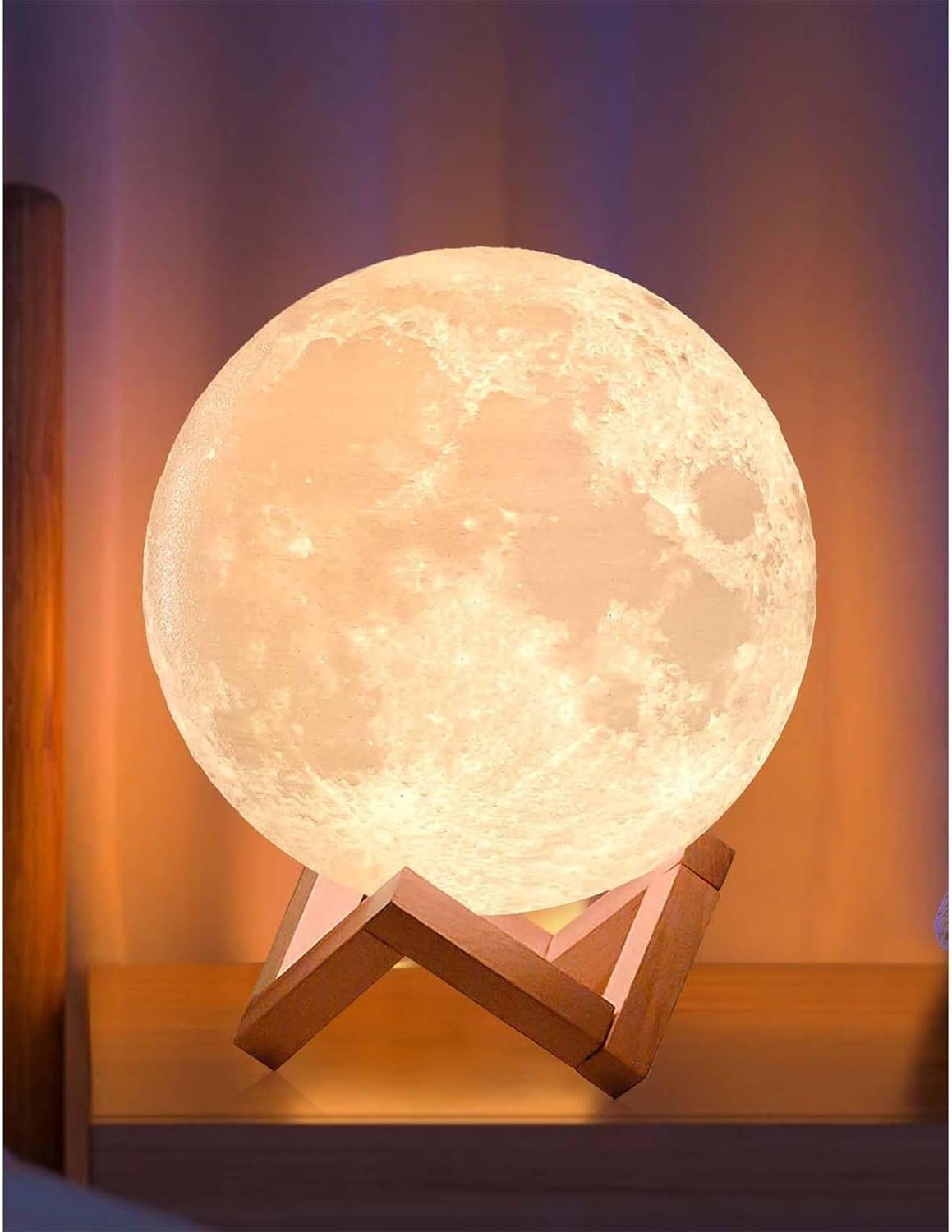Lunar burials have long captivated the imagination of humanity, representing a unique and symbolic way to honor the deceased and leave a lasting legacy. The idea of burying someone on the moon may seem like science fiction, but it has become a reality. In this article, we will explore the history of lunar burials, starting with the first proposed mission and leading up to the first person to be buried on the moon. We will also discuss the significance of lunar burials for space exploration, the challenges they present, and speculate on who might be the next person to be buried on the moon.
Key Takeaways
- Lunar burials began in 1998 with the launch of the Lunar Prospector spacecraft.
- Eugene Shoemaker was the first person to be buried on the moon, his ashes were carried by the Lunar Prospector.
- Shoemaker was chosen for burial due to his contributions to the field of planetary science and his dream of exploring the moon.
- Lunar burials signify a new era of space exploration and the potential for humans to establish a permanent presence on the moon.
- Technical and ethical considerations, such as the potential for contamination and the impact on future lunar missions, must be addressed before more lunar burials can take place.
The History of Lunar Burials: How it All Began
The concept of lunar burials can be traced back to the 1960s during the height of the space race between the United States and the Soviet Union. As both nations were exploring the possibilities of space travel, scientists and engineers began to consider the idea of sending human remains to the moon as a way to honor those who had contributed to space exploration.
The first proposed lunar burial mission came in 1969, just months before the historic Apollo 11 moon landing. A group of scientists and engineers at NASA put forward a plan to send a small capsule containing human ashes to the moon. The proposal gained traction within NASA and was seriously considered, but ultimately it was deemed too risky and expensive at the time.
The First Person Buried on the Moon: The Story of Eugene Shoemaker
The first person to be buried on the moon was Eugene Shoemaker, a renowned geologist and planetary scientist. Shoemaker had dedicated his life to studying impact craters and was instrumental in shaping our understanding of lunar geology. He was also one of the founders of astrogeology, a field that combines geology and astronomy.
Shoemaker’s connection to the moon made him an obvious choice for lunar burial. However, there was one major obstacle: he had passed away in 1997, long before the technology and funding were available to make lunar burials a reality. It wasn’t until 2019, more than two decades after his death, that his ashes were finally sent to the moon.
The Lunar Legacy of Eugene Shoemaker: Why He was Chosen for Burial
Eugene Shoemaker’s contributions to lunar science were groundbreaking and made him a fitting candidate for lunar burial. He was involved in the Apollo missions and played a key role in training astronauts in lunar geology. His research on impact craters helped scientists understand the history of the moon and its formation.
Shoemaker’s legacy extends beyond his scientific contributions. He was a passionate advocate for space exploration and believed that humans should continue to explore the moon and other celestial bodies. By burying him on the moon, his legacy lives on and serves as a reminder of the importance of scientific exploration and discovery.
The Significance of Lunar Burials: What it Means for Space Exploration
Lunar burials hold both symbolic and practical significance for space exploration. Symbolically, they represent a way to honor those who have dedicated their lives to advancing our understanding of the universe. By burying someone on the moon, we are paying tribute to their contributions and ensuring that their legacy lives on.
Practically, lunar burials could have implications for future space exploration. As we continue to venture further into space, it is likely that more people will lose their lives in the pursuit of knowledge and discovery. Lunar burials provide a dignified way to honor these individuals and create a lasting memorial on another celestial body.
The Challenges of Lunar Burials: Technical and Ethical Considerations

While the idea of lunar burials is intriguing, there are several technical challenges that need to be overcome. One of the main challenges is the cost and logistics of sending human remains to the moon. It requires a significant amount of funding and resources to develop the technology and spacecraft necessary for lunar burials.
Ethically, there are also considerations to take into account. Some argue that sending human remains to the moon is a form of pollution and goes against the principles of preserving celestial bodies in their natural state. Others believe that lunar burials are a fitting tribute and a way to honor those who have contributed to space exploration.
The Future of Lunar Burials: Who Will Be Next?
Speculating on who might be the next person to be buried on the moon is both exciting and challenging. There are many individuals who have made significant contributions to space exploration and could be considered for lunar burial. Some potential candidates include astronauts who have lost their lives in the pursuit of space exploration, as well as scientists and engineers who have made groundbreaking discoveries.
Ultimately, the decision of who will be buried on the moon will depend on a variety of factors, including their contributions to space exploration, their wishes or those of their families, and the availability of funding and technology.
The Debate over Lunar Burials: Is it Worth the Cost?
The debate over lunar burials centers around the cost-benefit analysis. Critics argue that the resources and funding required for lunar burials could be better spent on other scientific endeavors or addressing pressing issues here on Earth. They question whether the symbolic value of lunar burials justifies the financial investment.
Proponents, on the other hand, believe that lunar burials are a worthy investment. They argue that honoring those who have dedicated their lives to space exploration is important for inspiring future generations and fostering a sense of wonder and curiosity about the universe.
The Symbolism of Lunar Burials: What it Represents for Humanity
Lunar burials hold deep symbolic meaning for humanity. They represent our desire to explore and understand the universe, as well as our connection to the cosmos. By burying someone on the moon, we are leaving a lasting legacy and marking our presence in the universe.
Lunar burials also serve as a reminder of the fragility and transience of human life. They highlight the importance of cherishing our time on Earth and making the most of our existence. In a way, lunar burials are a celebration of life and a testament to the human spirit.
The Impact of Lunar Burials on Science and Culture
Lunar burials have the potential to have a profound impact on both science and culture. From a scientific perspective, they could provide valuable data and insights into the long-term effects of space travel on human remains. This information could be crucial for future missions and could help scientists better understand the challenges and risks associated with space exploration.
Culturally, lunar burials could shape our understanding of space and our place in the universe. They could inspire future generations to pursue careers in science and engineering, and foster a sense of wonder and curiosity about the cosmos. Lunar burials have the power to unite people from different backgrounds and cultures in a shared appreciation for the vastness and beauty of the universe.
The Mystique of Lunar Burials: Why it Captivates Our Imagination
The idea of burying someone on the moon captures our imagination because it represents the ultimate frontier. It is a symbol of human achievement and our ability to overcome seemingly insurmountable challenges. Lunar burials tap into our innate curiosity about the unknown and our desire to explore new frontiers.
Furthermore, lunar burials evoke a sense of awe and wonder about the universe. They remind us of our place in the cosmos and our connection to something greater than ourselves. The mystique of lunar burials lies in their ability to transcend time and space, leaving a lasting legacy that will be remembered for generations to come.
Lunar burials have a rich history and hold deep significance for space exploration and humanity as a whole. They represent a unique and symbolic way to honor those who have dedicated their lives to advancing our understanding of the universe. While there are challenges and debates surrounding lunar burials, their impact on science, culture, and our collective imagination cannot be denied. As we continue to explore the cosmos, lunar burials will likely play an increasingly important role in shaping our understanding of space and our place in the universe.
If you’re fascinated by the mysteries of the universe, you might also be interested in exploring the question of which star is bigger than the sun. In a related article on The Universe Episodes website, you can delve into the mind-boggling concept of stars that surpass our own sun in size and learn about some of the largest known stars in the cosmos. Discover more about these celestial giants and expand your knowledge of the vastness of our universe by checking out this intriguing article here.




















